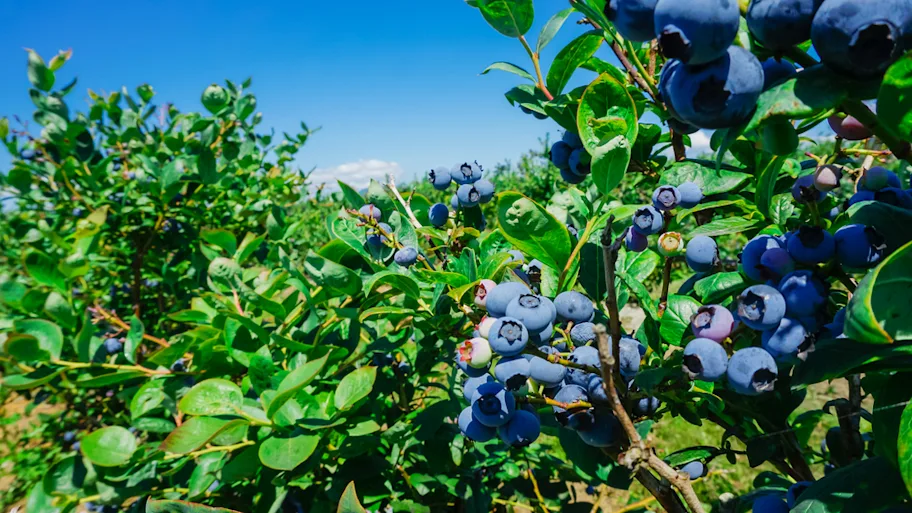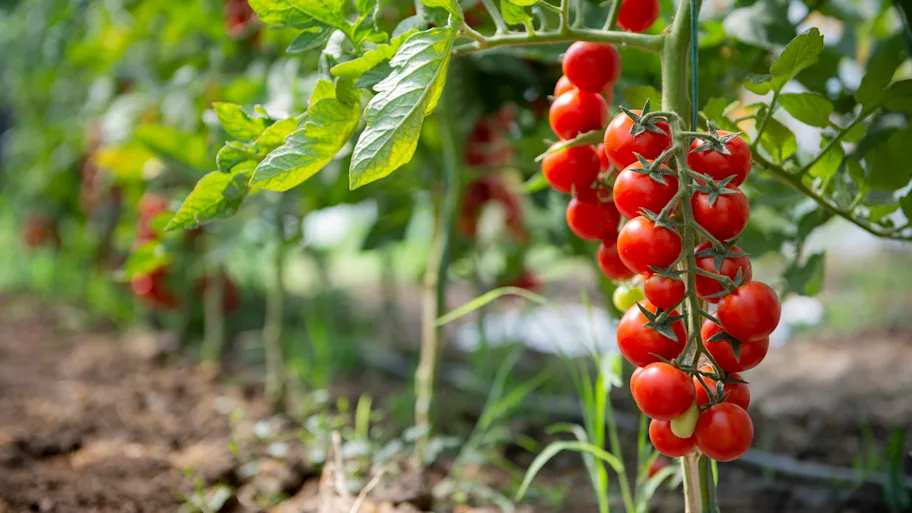
- Science news
- Featured news
- Tomato fruits send electrical warnings to the rest of the plant when attacked by insects
Tomato fruits send electrical warnings to the rest of the plant when attacked by insects
By K.E.D Coan, science writer

Image: Eugenegurkov/Shutterstock
Tomato fruits inform the mother plant when they are being eaten by caterpillars, shows a new study. Little is known about whether a fruit can communicate with the plant to which it’s attached, which could be important for warning the plant of threats. This early evidence shows that pest attacks do trigger defensive electrical and biochemical responses across the plant. This could provide more effective monitoring strategies for detecting agricultural pests in the future.
A recent study in Frontiers in Sustainable Food Systems shows that the fruits of a type of tomato plant send electrical signals to the rest of the plant when they are infested by caterpillars. Plants have a multitude of chemical and hormonal signaling pathways, which are generally transmitted through the sap (the nutrient-rich water that moves through the plant). In the case of fruits, nutrients flow exclusively to the fruit and there has been little research into whether there is any communication in the opposite direction--i.e. from fruit to plant.
Download original article (pdf)
“We usually forget that a plant’s fruits are living and semiautonomous parts of their mother-plants, far more complex than we currently think! Since fruits are part of the plant, made of the same tissues of the leaves and stems, why couldn’t they communicate with the plant, informing it about what they are experiencing, just like regular leaves do?” says first author Dr Gabriela Niemeyer Reissig, of the Federal University of Pelotas, in Pelotas, Brazil. “What we found is that fruits can share important information such as caterpillar attack--which is a serious issue for a plant--with the rest of the plant, and that can probably prepare other parts of the plant for the same attack.”
A tomato’s defense
To test the hypothesis that fruits communicate by electrical signals, Niemeyer Reissig and her collaborators placed tomato plants in a Faraday’s cage with electrodes at the ends of the branches connecting the fruits to the plant. They then measured the electrical responses before, during and after the fruits had been attacked by Helicoverpa armigera caterpillars for 24 hours. The team also used machine learning to identify patterns in the signals.

Set up of the experiment. Image: Gabriela Niemeyer Reissig
The results showed a clear difference between the signals before and after attack. In addition, the authors measured the biochemical responses, such as defensive chemicals like hydrogen peroxide, across other parts of the plant. This showed that these defenses were triggered even in parts of the plant that were far away from the damage caused by the caterpillars.
The authors emphasize that these are still early results. Their measurements provide a “big picture” view of all of the electrical signals, rather than distinguishing individual signals more precisely. It will also be interesting to see whether this phenomenon holds true for other plant species, as well as different types of threats.
That said, this novel use of machine learning appears to have very high potential for answering these and other future questions. The technique may also provide new--and possibly more environmentally friendly--approaches for insect control in agriculture.
“If studies like ours continue to advance and the techniques for measuring electrical signals in open environments continue to improve, it will be possible to detect infestation of agricultural pests quite early, allowing for less aggressive control measures and more accurate insect management,” explains Niemeyer Reissig. “Understanding how the plant interacts with its fruits, and the fruits among themselves, may bring insights about how to ‘manipulate’ this communication for enhancing fruit quality, resistance to pests and shelf life after harvest.”






